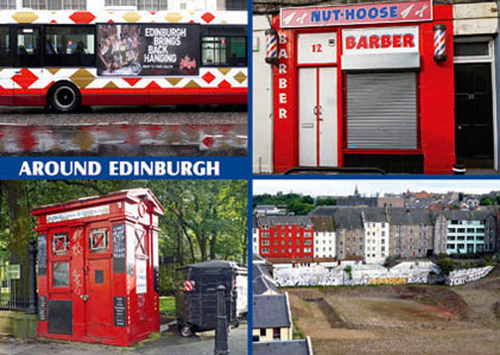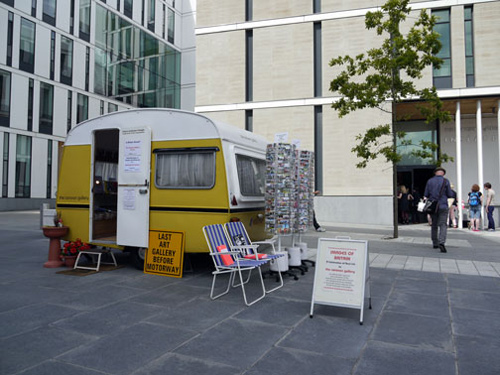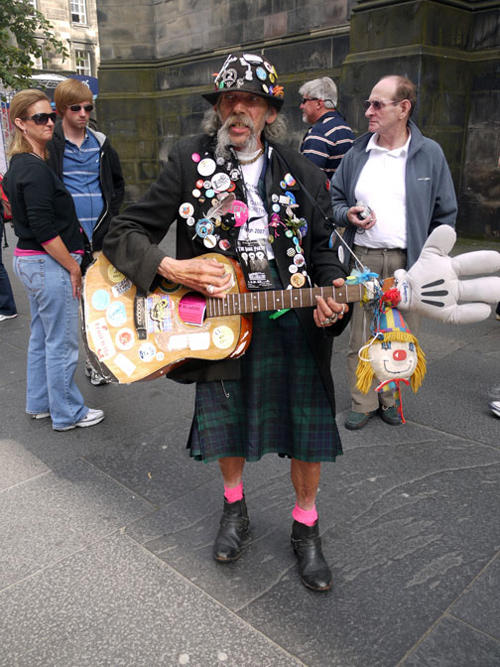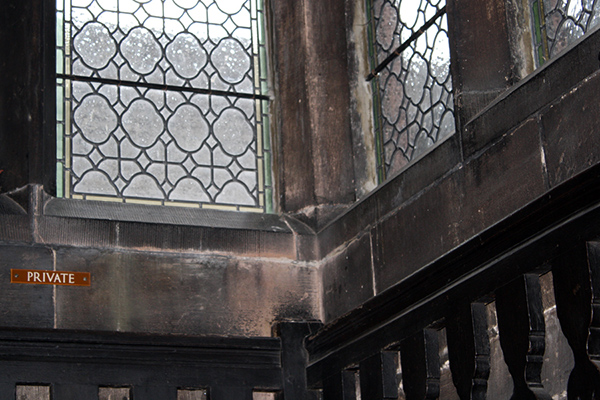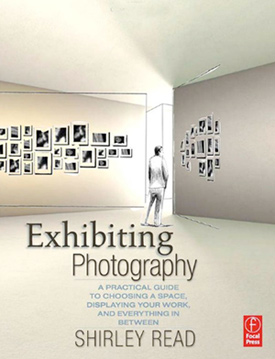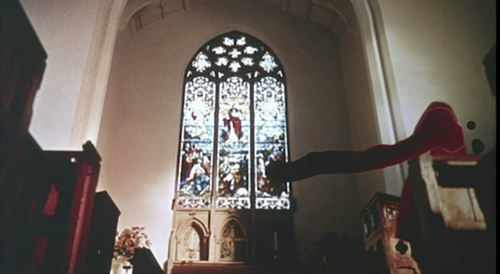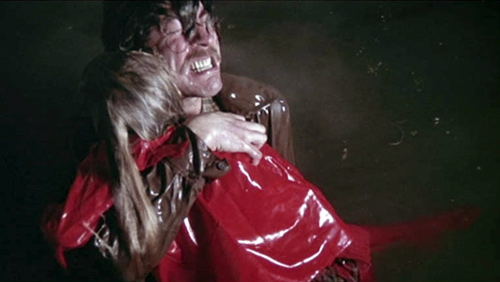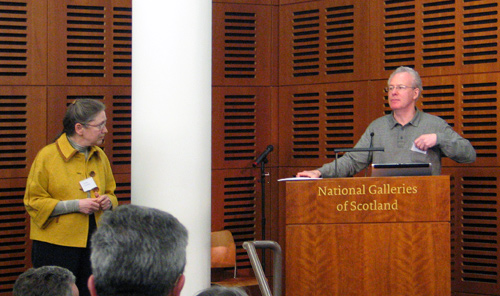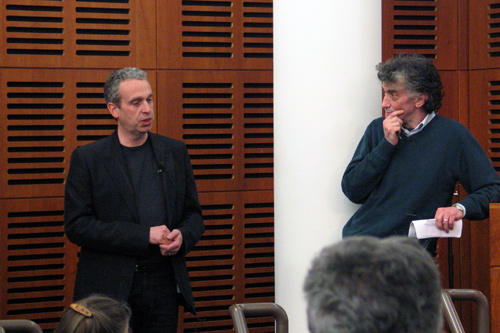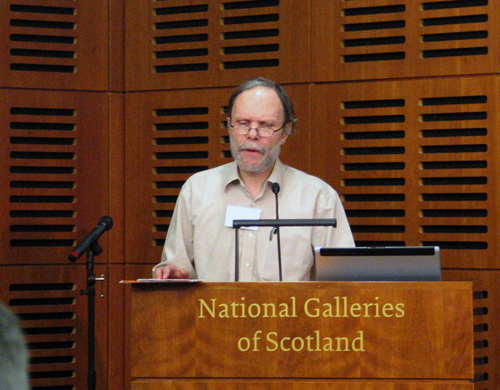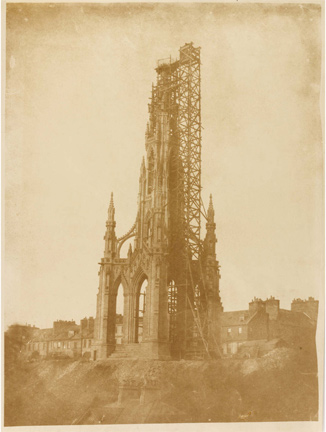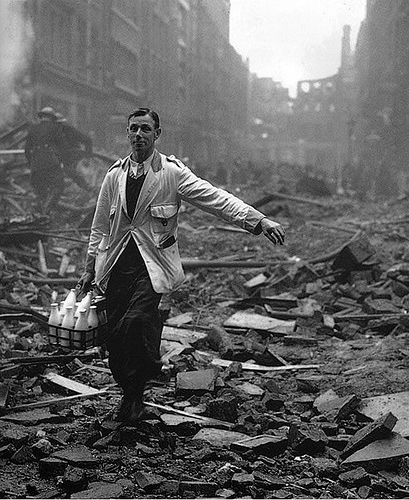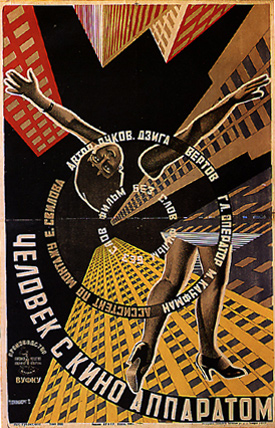Tuesday 4th:
The Journey North – embarked on an epic 10 hour journey from Portsmouth to Livingston – via the magnificent Forton Services at Lancaster. We were the last overnight guests to arrive at the Premier Travel Inn (no bath and only one teabag in the room but considerably cheaper than the Edinburgh alternatives at Festival time). Startled to find a fan (as in electrical appliance) in our rather chilly room, apparently provided for the comfort of guests in the recent hot weather.
Wednesday 5th:
EAF Launch Day – an encouragingly sunny early start in the hotel car park hanging photos of Edinburgh and Glasgow on freshly painted white caravan walls. Some were taken on our first trip to Scotland in 2002 when The Caravan Gallery appeared in George Square outside Glasgow Art Fair, and in Edinburgh at Princes St and Inverleith House. Oh, and Alloa.
Subsequent photos arose from our participation in Glasgow International last year courtesy of Street Level Photoworks while the latest ones resulted from a very moist research trip to Edinburgh in July 09. Alongside 100 or so Scottish photos we displayed a selection of images taken in other locations visited on our travels over the past few years. Some of these represented random sightings, notably an Afghan hound in a shell suit and a purple Lycra clad preacher, whilst others illustrated current trends and particular themes that interest us such as curious enterprises, stroppy shopkeepers, idiosyncratic individuals and regeneration. Central to our approach is the concept of Psychogeography which explores the relationship of place to its social and cultural history. Many of our images are concerned with the way places evolve over a period of time.
The launch took place at Inspace, home of New Media Scotland on Crichton St. We set up our street corner camp at lunchtime in close proximity to the mosque and Fringe HQ amidst a flurry of festival activity. A steady stream of visitors, suitably refreshed with whisky cocktails and delectable edible treats, were treated to a guided tour of the caravan. We were especially delighted to welcome the one and only Bob and Roberta Smith who recommended a visit to Walsall and invited us to check out his rather splendid show at The Grey Gallery later on that evening. Afterwards we were compelled to pop into Caffe Piccante (World Record Holder For The Most Portions of Chips Wrapped In 1 Minute) for cheesy chips smothered in curry sauce and Scotch pie, chips and gravy. Mmmm!
Thursday 6th:
Outside the National Gallery Complex, The Mound – decamped to the the glorious setting of the Scottish National Galleries where we soon made ourselves at home with the cheery assistance of self proclaimed Scouse Glaswegian security guard James and the gang. The incessant drone of bagpipes interspersed with mournful pan pipes provided the soundtrack for a day of animated conversation. We welcomed a most eclectic audience into the caravan including Poles, Danes, Romanians, Welsh and Brummies, also someone from Dunblane who recommended we should never visit their home town without a camera lest we miss fellow resident Andy Murray smiling. We felt disinclined to move the caravan as arranged to a secure night time location after a busy day on The Mound and settled for James’ promise to keep an eye on it whilst we indulged in another evening of exhibition openings.
Friday 7th:
Glad to wake up to another sunny day and find the caravan, thankfully intact, where we’d left it the night before. Our first visitor of the day suggested we explore the Highlands and then launched into the problem of wee midgies and tactics for dealing with them. We were fascinated to learn that even the most rugged and manly of fishermen swear by the efficacy of Avon’s Skin So Soft for repelling said pests whilst benefiting from its beautifying qualities. Whilst on the subject of skin we have to report that we were treated to a guided tour of security man James’ comprehensive tattoos. The man’s a walking art work as it is but assured us there’s still room (you can probably guess where) for further adornment. We were also delighted to make the acquaintance of fellow Portsmouth resident, writer and stand-up comedian Joe (Smoother than Jack) Daniels who was in town to check out the Fringe and write some reviews. After we shut up shop for the day we took a stroll along the Royal Mile where we ran into the legendary Lewis, King of Scotland who was annoying buskers by getting in on their act with his stringless guitar.
Saturday 8th:
A distinctly festive feel had descended upon The Mound precinct along with crowds of tourists marking the official beginning of the Fringe festival. Today was the day we found out about Edinburgh’s seductively named Pubic Triangle, so called due to the location of a lap dancing club on each corner. Visitors to the caravan included Edinburgh’s own brothel creeper-wearing King of the Rockers, a family we’d previously met at the Wirksworth Festival, and Lucy who informed us of a Sheffield pub carvery offering lunchtime strip shows in the midst of an Islamic district. Abi who worked at the NGS admired our photo of a rather gruesome Paul McCartney cake taken in Liverpool and told of a competition to win a not-quite-life-size model of Andy Murray made of pizza dough. Malcolm, director of Street Level, spent the afternoon with us and was present when a gentleman from Sydney, Australia gleefully announced he and his family had free-camped on our very parking spot in a 10ft caravan for 11 nights in 1971!
Sunday 9th:
A return to the all too familiar rain that set the tone for most of the Edinburgh photos we took on our recent visit. The Mound precinct looked a little less festive to begin with but poncho-wearing tourists armed with umbrellas soon gathered in considerable numbers to cheer on a semi naked street performer juggling knives in a downpour. A day of battling with parasols and, thanks to James, a tarpaulin although it did perk up a bit later on. Our final visitors, a fabulously entertaining local family called the Walkers, proclaimed to ‘love this van, canny beat it!’ then proceeded to show off their tattoos and double jointed thumb skills. They also brought along their dog, the only canine visitor we’d had during our sojourn on The Mound.
Monday 10th:
A very wet start to the day and time to bid farewell to Edinburgh. Time for the caravan to make way for a few more jugglers on The Mound….
In conclusion: we enjoyed our Caravan Gallery debut at the Edinburgh Art Festival and appreciated the chance to undertake a spot of caravanning in the shadow of the imposing National Galleries of Scotland. The audience was a little different to the one we’re generally accustomed to however, no doubt due to the nature of the festival and also the location. Apart from a number of determined art fans clutching distinctively dayglo EAFguides the majority of of our visitors were overseas tourists, street entertainers and families who had come along to watch street entertainers; some of the aforementioned may have been confused to come across a small mustard caravan in the centre of Edinburgh but left enthused by the experience. Scottish visitors were generally pretty forthcoming about our images of Edinburgh and Glasgow, the conversation ranging from tram mayhem, the demise of Glasgow’s Paddy’s market, the reincarnation of Leith Walk shop World of Gas as Ocean Life, Scottish vernacular architecture, Edinburgh’s overflowing bins, and pies adorned with piped potato and baked beans. Several of the people we met were fellow artists and photographers, curators and event organisers with whom we discussed the possibility of future projects and collaborations.
A few comments from The Caravan Gallery Visitors’ Book:
Poetry in motion
Keep doing this
This exhibition is world class
According to Meat Club chicken is a vegetable
Great! makes me want to pick up my camera
Documentary meets art in the best possible way!
We now have our own sex shop in Alloa
The best gallery in Edinburgh
Look out for Black & White Minstrels in Arbroath
‘Thistle do Nicely’ was nominated in the Top 10 Shop Names In The World
Great to see the real Britain in all its absurdities
I love your caravan art gallery, I want it!
Get stoned pebbledashing!
Read Joe Daniels Fringe Blog.
The Caravan Gallery would like to thank: EAF, Street Level Photoworks, Panasonic Lumix, The Travelling Gallery, Inspace, National Galleries of Scotland, James Milligan and his hi-viz colleagues, Wendy Law and family, PPG who print our books and postcards (and Kate Fisher who sent us the new Edinburgh postcards we’d forgotten to bring), also everyone who visited us at The Caravan Gallery.
********************************************************************************************************************************************************
Jan Williams & Chris Teasdale
Tel +442392 877415
Mobile +447808 160207
The Caravan Gallery
The Caravan Gallery is supported by Panasonic Lumix.
